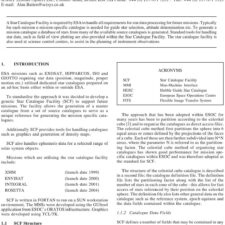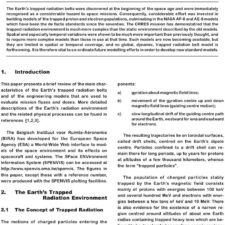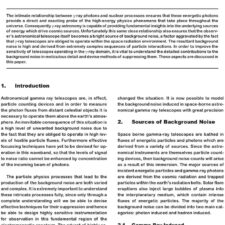Martian Dust: the Formation Composition Astronaut Exposure Health Risks and Measures to Mitigate Exposure
£5.00
J. R. Cain (2019), JBIS, 72, pp.161-171
Refcode: 2019.72.161
Abstract:
This paper reviews the geology of Mars and the physical properties of the Martian dust including its distribution, particle size and chemical composition. The toxicity of the dust including its characterization is discussed with the associated exposure health effects. Mars has a core, a mantle and a crust of mainly ferrous sulphate, magnesium/iron and silicon dioxide respectively. Various models have been described to account for the Martian regolith/dust formation, for example, by aeolian processes over time. The models are being modified as more data is collected. The sources of the dust and its airborne transportation are due to ordinary atmospheric settling, from dust storms and dust devils etc. The dust settles and adheres on surfaces by one or more of a combination of forces. Both dust transport and adhesion can increase the risks of astronaut exposure in particular when the spacesuit is removed in the airlock and high airborne dust levels may be reached. If the dust particles are inhaled, ingested, absorbed through the skin or have contact with the eyes then significant health effects could occur. Martian dust is known to consist of a number of toxic substances including respirable crystalline silica, hexavalent chromium, arsenic etc. and perchlorates. Inhalation of the smaller particles, below 10 μm down to 0.1 μm, into the deeper reaches of the lung may cause oedema, fibrosis and cancer. The setting of an appropriate permissible exposure limit for the Martian dust of 0.05 mg/m3 is proposed. The mechanical astronautical hygiene techniques that are being developed to mitigate exposure to the Martian dust are outlined, for example, the use of an electrostatic precipitator to collect contaminated dust from the air and local exhaust ventilation to contain and exhaust contaminated air. The need for individually designed spacesuits that are flexible and ergonomically designed is discussed.





